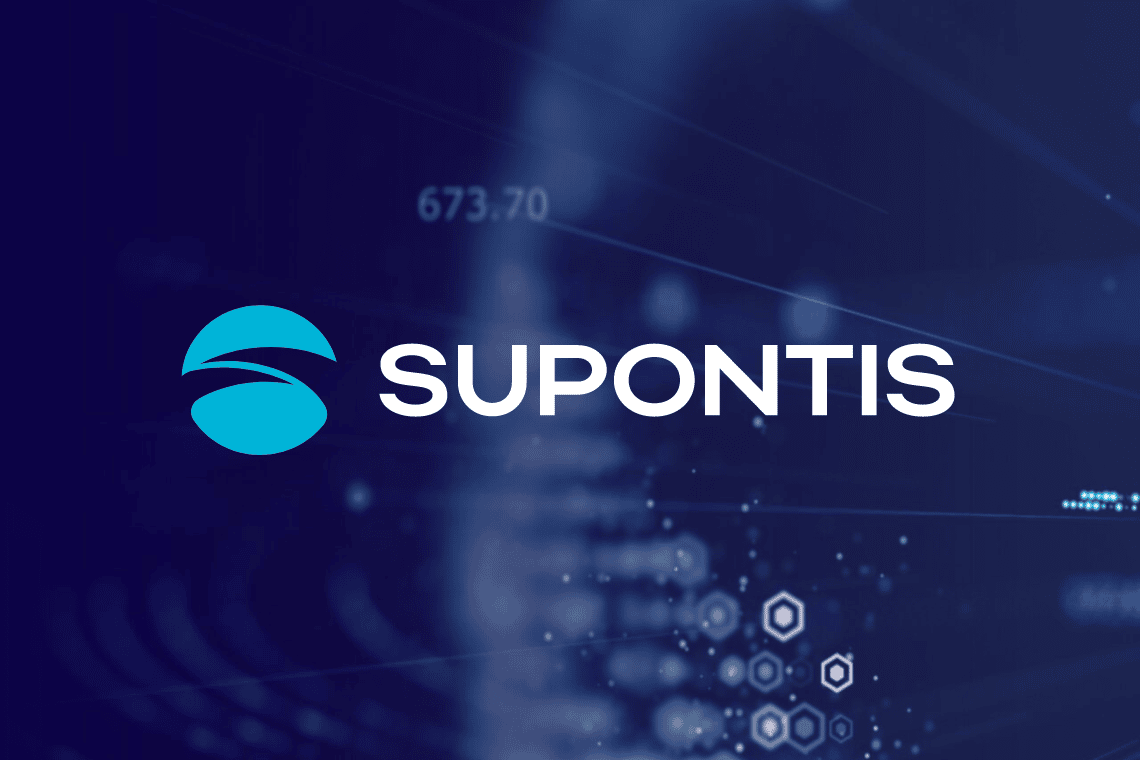
SPONSORED POST*
There may be a bit of centralization coming to cryptocurrency in the form of a political action committee (PAC). The Blockchain Association recently set up a new cryptocurrency industry PAC. It should be in a position to influence the American presidential election year in 2024.
This could have a lot of changes on cryptocurrency, which is why you should only purchase the tokens that truly matter. This article brings you three you could start with, namely Supontis Token (PON), Polkadot (DOT), and Tether (USDT).
Supontis Token (PON) links 4 blockchains!
Supontis Tokens (PON) is the native cryptocurrency of the Supontis (PON) ecosystem. Which in turn is a bridging network increasing interoperability between Ethereum (ETH), TRON (TRX), Fantom (FTM), and Binance (BNB) chains.
Phase 1 of its roadmap will see the token undergo a Certik Audit. This will see a comprehensive security assessment of Supontis Tokens’ (PON) blockchain code and smart contract. This will identify weak points in its ecosystem and provide ways to fix them. This phase also involves the presale of PON tokens, $100 and $250 respectively give you a 3% and 6% bonus in native token form.
Phase 2 aims for Supontis Token (PON) to be listed to PancakeSwap (CAKE); and realizes the launching of its decentralized autonomous organization (DAO). Phase 3 is where Support for Cross-chain Transfer and Add & Lock Liquidity to UniSwap (UNI) may happen. Phase 3 also allows for staking and will see Supontis Tokens (PON) undergo a website update!
Supontis Token (PON) is governed by its DAO. This allows its users to join the network’s voting process by holding the native token. People can also submit proposals for a vote as long as they have the necessary amount of Supontis Tokens (PON).

Polkadot (DOT): multiple blockchains, making up one
Polkadot (DOT) is a decentralized network that is essentially made of blockchains; Polkadot (DOT) is multichain if you will. When Polkadots (DOT) founder, Gavin Wood, created Polkadot (DOT)… he created Polkadot (DOT) to overcome security and speed issues.
The DOT token, also known as the Polkadot token (DOT) has three main features. It can be staked, and bonded and allow for governance. Bonding Polkadot tokens (DOT) see new parachains being added by bonding tokens. An outdated Polkadot (DOT) parachain is eliminated by removing bonded tokens.
Staking in Polkadot (DOT) rewards the Polkadot (DOT) users whereas bad actors lose their stake in the ecosystem. Lastly, the Polkadot (DOT) governance gives Polkadot token (DOT) holders total control over the ecosystem; in platforms like Bitcoin (BTC) this management lies with the miners.
Tether (USDT) provides a variety of stablecoin to choose from
If there’s any token that wouldn’t be influenced much by PAC’s decision to regulate crypto, it would be Tether (USDT). Tether (USDT) is pegged to the US Dollar and isn’t as volatile as other cryptocurrencies – Bitcoin (BTC) for example. It comes in different forms, specifically Omni Tether, ERC-20 Tether, TRC-20 Tether, and EOS Tether.
However, anyone seeking to simply trade like they’re using the fiat US Dollar can use either, because it’s equal in that regard. However, a popular version is generally advised to avoid liquidity problems; specifically, ERC-20 and TRC-20.
More info on social media:
*This article has been paid. The Cryptonomist didn’t write the article nor has tested the platform.
This news is republished from another source. You can check the original article here

Be the first to comment